Home>Home Appliances>Heating & Cooling>When Did Forced Air Heating Start?
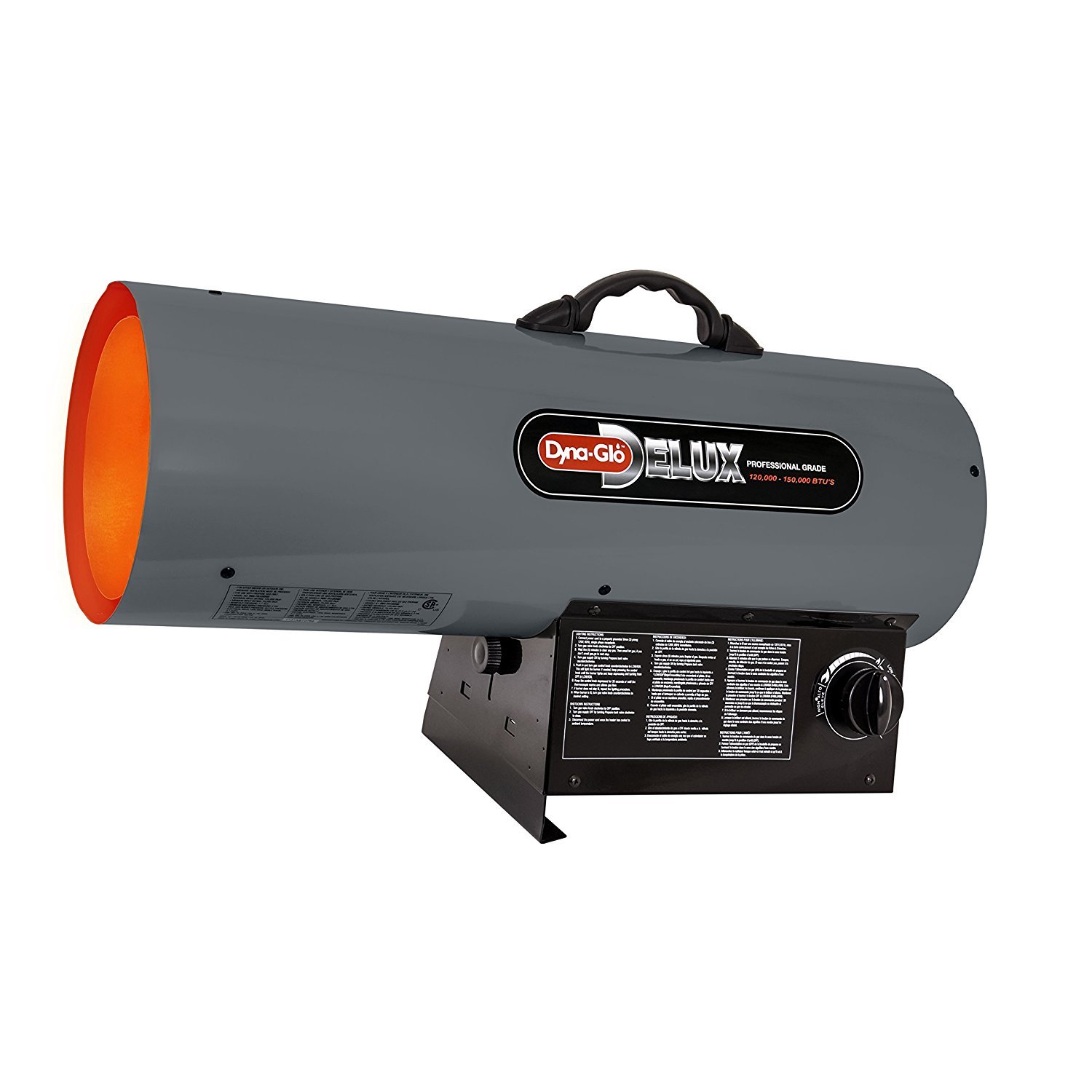

Heating & Cooling
When Did Forced Air Heating Start?
Modified: March 24, 2024
Learn about the history of forced air heating and its impact on modern heating and cooling systems. Explore the origins and evolution of heating and cooling technology.
(Many of the links in this article redirect to a specific reviewed product. Your purchase of these products through affiliate links helps to generate commission for Storables.com, at no extra cost. Learn more)
Introduction
Heating and cooling systems play a pivotal role in maintaining comfortable indoor environments, especially during extreme weather conditions. Among the various methods of heating, forced air heating has emerged as a popular and efficient choice for many households and commercial spaces. This article delves into the intriguing history and evolution of forced air heating, shedding light on its inception, development, and modern advancements.
The journey of forced air heating is a fascinating tale that intertwines technological innovation with the quest for enhanced comfort and energy efficiency. From its humble beginnings to its widespread adoption in modern times, forced air heating has undergone significant transformations, shaping the way we experience warmth and comfort within our living and working spaces.
In the subsequent sections, we will embark on a captivating exploration of the early origins of heating, the pivotal developments that led to the creation of forced air heating, and the remarkable advancements that have propelled this heating method into the forefront of modern HVAC (Heating, Ventilation, and Air Conditioning) technology. Join us as we unravel the captivating story of forced air heating, from its historical roots to its contemporary significance in the realm of indoor climate control.
Key Takeaways:
- Forced air heating, invented in 1919 by Alice Parker, revolutionized indoor climate control by using air to evenly distribute warmth, replacing older methods like radiant heat and stoves.
- Modern forced air heating systems, with smart thermostats and advanced filtration, provide efficient, customizable, and eco-friendly indoor comfort, showcasing the evolution of heating technology.
Read more: When Did Home Air Conditioning Start
Early History of Heating
The quest for warmth and comfort has been an enduring pursuit throughout human history. The early origins of heating can be traced back to ancient civilizations, where ingenious methods were devised to combat the harshness of cold climates. One of the earliest forms of heating can be attributed to the use of fire, which not only provided warmth but also served as a means of cooking food. In ancient times, people harnessed the power of fire by gathering around open flames, utilizing rudimentary hearths, and employing simple ventilation techniques to circulate the heat within dwellings.
As societies evolved, so did the methods of heating. The ancient Romans, renowned for their engineering prowess, constructed intricate systems known as hypocausts to distribute heat throughout buildings. These hypocausts utilized a network of raised floors and channels to allow hot air from a furnace to circulate beneath the living spaces, effectively warming the floors and walls. This innovative approach to heating not only improved indoor comfort but also showcased the early ingenuity in utilizing air circulation for thermal control.
In medieval Europe, the use of central hearths and rudimentary chimneys became prevalent, marking a significant advancement in indoor heating. The development of masonry stoves and fireplaces allowed for more efficient heat retention and distribution, contributing to improved living conditions during colder seasons. Additionally, the utilization of radiant heat from wood-burning stoves and fireplaces became a hallmark of heating practices during this era.
The Industrial Revolution brought about transformative changes in heating technology. The invention of the cast iron radiator by Franz San Galli in the mid-19th century revolutionized the way heat was distributed within buildings. This innovation paved the way for the widespread adoption of hydronic heating systems, which utilized hot water or steam to convey heat through radiators and pipes.
The early history of heating reflects the intrinsic human need for warmth and comfort, driving continuous innovation in the realm of indoor climate control. These historical milestones laid the groundwork for the eventual emergence of forced air heating, marking a pivotal juncture in the evolution of heating technology.
The early history of heating serves as a testament to human ingenuity and the relentless pursuit of thermal comfort, laying the foundation for the remarkable advancements that would shape the future of indoor climate control.
Development of Forced Air Heating
The development of forced air heating marked a revolutionary leap in the evolution of indoor climate control. The concept of utilizing air as a medium for distributing heat gained prominence during the late 19th and early 20th centuries, ushering in a new era of heating technology. One of the pioneering figures in this domain was Alice Parker, an African American inventor who, in 1919, patented a groundbreaking heating furnace design that utilized forced air distribution. Parker's innovative furnace design featured a system of ducts and fans that circulated heated air throughout a building, offering a more efficient and uniform method of heating spaces.
The introduction of forced air heating systems represented a significant departure from traditional heating methods, such as radiant heat from stoves and steam-based hydronic systems. By harnessing the power of forced air circulation, this new approach to heating brought about several transformative advantages. Notably, forced air heating systems facilitated the even distribution of warmth within buildings, eliminating the disparities often associated with localized heating sources. This resulted in a more consistent and comfortable indoor environment, transcending the limitations of conventional heating technologies.
Furthermore, the development of forced air heating systems coincided with advancements in combustion technology and the utilization of fossil fuels for heating purposes. The integration of fuel-burning furnaces with forced air distribution mechanisms paved the way for a more efficient and controllable means of generating and disseminating heat. This synergy between combustion technology and forced air circulation laid the groundwork for the widespread adoption of forced air heating systems in residential, commercial, and industrial settings.
As the demand for centralized heating solutions grew, forced air heating systems evolved to encompass a diverse array of configurations and fuel sources. From natural gas and oil-fired furnaces to electrically powered heat pumps, the versatility of forced air heating systems expanded, catering to a wide spectrum of heating requirements. The incorporation of thermostats and zoning controls further enhanced the precision and energy efficiency of forced air heating, allowing for tailored temperature regulation in different areas of a building.
The development of forced air heating systems represented a pivotal juncture in the history of indoor climate control, offering a compelling alternative to traditional heating methods. The convergence of innovative engineering, air circulation principles, and combustion technology culminated in the establishment of forced air heating as a cornerstone of modern HVAC systems, shaping the way we experience warmth and comfort within our living and working spaces.
Forced air heating started in the early 20th century, becoming popular in the 1930s. It replaced older heating methods like wood stoves and radiators, providing more efficient and even heating throughout homes.
Adoption and Spread of Forced Air Heating
The adoption and spread of forced air heating systems heralded a transformative shift in the realm of indoor climate control, reshaping the way buildings were heated and setting new standards for comfort and energy efficiency. As the advantages of forced air heating became increasingly evident, its integration into residential, commercial, and industrial settings gained momentum, propelling it to the forefront of heating technology.
One of the key factors driving the widespread adoption of forced air heating was its ability to provide consistent and uniform warmth throughout buildings. Unlike traditional heating methods that often resulted in temperature differentials across various areas, forced air heating systems offered a balanced and regulated distribution of heat. This contributed to enhanced comfort and thermal equilibrium within indoor spaces, fostering a more conducive environment for occupants.
The versatility of forced air heating systems further fueled their adoption, as they could be seamlessly integrated with existing HVAC infrastructure and adapted to diverse architectural layouts. The modularity of forced air heating components, such as ductwork and vents, facilitated their incorporation into both new construction projects and retrofitting initiatives, making them a viable choice for a broad spectrum of building types.
Moreover, the advent of central heating systems, powered by forced air technology, revolutionized the approach to indoor climate control. The ability to centrally regulate and distribute heat through a network of ducts and vents offered unparalleled convenience and control, setting a new standard for heating efficiency. This centralized approach not only simplified maintenance and operation but also contributed to significant energy savings, making forced air heating an attractive option for cost-conscious consumers and businesses.
The widespread availability of fuel sources compatible with forced air heating systems, including natural gas, propane, and electricity, further facilitated their adoption across diverse geographical regions. This accessibility, coupled with the scalability of forced air heating solutions, ensured their widespread integration into both urban and rural settings, catering to a broad demographic of users.
The proliferation of forced air heating systems was also propelled by advancements in HVAC technology, which continually refined the performance, reliability, and environmental sustainability of these systems. The integration of high-efficiency furnaces, advanced filtration systems, and smart thermostat technologies further bolstered the appeal of forced air heating, positioning it as a cornerstone of modern building infrastructure.
In essence, the adoption and spread of forced air heating systems epitomized a paradigm shift in the domain of indoor climate control, offering a compelling blend of comfort, efficiency, and adaptability. This widespread embrace of forced air heating underscored its enduring relevance and established it as a hallmark of contemporary heating technology.
Modern Advances in Forced Air Heating Technology
The realm of forced air heating has witnessed a remarkable evolution, propelled by a convergence of technological advancements, energy efficiency imperatives, and user-centric innovations. In the contemporary landscape of HVAC (Heating, Ventilation, and Air Conditioning) technology, modern advances in forced air heating have redefined the benchmarks of performance, sustainability, and user experience.
One of the pivotal modern advances in forced air heating technology lies in the realm of energy efficiency. The integration of high-efficiency furnaces, equipped with advanced combustion systems and heat exchangers, has significantly enhanced the thermal efficiency of forced air heating systems. This translates into reduced energy consumption and lower operational costs, aligning with the growing emphasis on sustainable and eco-friendly heating solutions.
Moreover, the advent of smart thermostat technologies has revolutionized the control and optimization of forced air heating systems. Smart thermostats, empowered by intuitive programming and remote connectivity, enable precise temperature management and adaptive heating schedules, thereby maximizing comfort while minimizing energy wastage. The seamless integration of smart thermostats with forced air heating systems exemplifies the synergy between cutting-edge technology and user-centric design, empowering occupants with unprecedented control over their indoor climate.
In the pursuit of superior indoor air quality, modern forced air heating systems have embraced advanced filtration and purification technologies. The incorporation of high-performance air filters, electrostatic precipitators, and UV-C germicidal lamps within forced air heating systems has elevated their capacity to mitigate airborne pollutants, allergens, and pathogens. This emphasis on indoor air quality enhancement underscores the holistic approach of modern forced air heating technology, transcending mere temperature regulation to encompass the broader spectrum of occupant well-being.
Furthermore, the integration of variable-speed blowers and zoning controls has revolutionized the dynamics of forced air heating, enabling tailored temperature regulation and energy optimization on a room-by-room basis. This granular level of control not only enhances comfort and customization but also contributes to substantial energy savings by avoiding unnecessary heating in unoccupied spaces.
The advent of advanced diagnostics and predictive maintenance capabilities has augmented the reliability and longevity of modern forced air heating systems. Proactive monitoring, remote diagnostics, and predictive analytics empower users and service providers to preemptively address potential issues, thereby minimizing downtime and optimizing system performance.
In essence, the modern advances in forced air heating technology epitomize a harmonious fusion of energy efficiency, user empowerment, and holistic indoor climate management. These advancements underscore the enduring relevance and transformative potential of forced air heating, positioning it as a cornerstone of sustainable and personalized indoor comfort.
Conclusion
The evolution of forced air heating stands as a testament to human ingenuity and the relentless pursuit of thermal comfort. From its humble origins rooted in ancient heating practices to its contemporary manifestation as a pinnacle of HVAC technology, forced air heating has traversed a remarkable trajectory of innovation and refinement.
The early history of heating, characterized by the utilization of fire, radiant heat, and rudimentary circulation methods, laid the groundwork for the eventual emergence of forced air heating. The pivotal developments during the Industrial Revolution, including the advent of cast iron radiators and hydronic heating systems, set the stage for a paradigm shift in indoor climate control.
The groundbreaking contributions of inventors such as Alice Parker, who patented a revolutionary forced air furnace design, marked a transformative juncture in the evolution of heating technology. This heralded the widespread adoption of forced air heating systems, which offered a compelling alternative to traditional heating methods by leveraging the principles of air circulation and combustion technology.
The adoption and spread of forced air heating systems reshaped the landscape of indoor climate control, offering consistent warmth, centralized regulation, and adaptability across diverse architectural settings. The convergence of energy efficiency imperatives, user-centric innovations, and technological advancements propelled modern forced air heating systems to new heights of performance, sustainability, and user experience.
In the contemporary era, modern advances in forced air heating technology have redefined the benchmarks of energy efficiency, indoor air quality, and user empowerment. The integration of high-efficiency furnaces, smart thermostat technologies, advanced filtration systems, and predictive maintenance capabilities has elevated forced air heating to the forefront of sustainable and personalized indoor comfort.
As we reflect on the captivating journey of forced air heating, it becomes evident that its enduring relevance and transformative potential continue to shape the way we experience warmth and comfort within our living and working spaces. The legacy of forced air heating serves as a testament to the timeless pursuit of thermal comfort, the relentless quest for innovation, and the enduring impact of human ingenuity on the fabric of indoor living.
In conclusion, the evolution of forced air heating stands as a testament to the enduring pursuit of thermal comfort, the relentless quest for innovation, and the transformative impact of human ingenuity on the realm of indoor climate control. From its historical roots to its contemporary significance, forced air heating embodies a legacy of warmth, comfort, and sustainability, shaping the way we experience indoor environments for generations to come.
Frequently Asked Questions about When Did Forced Air Heating Start?
Was this page helpful?
At Storables.com, we guarantee accurate and reliable information. Our content, validated by Expert Board Contributors, is crafted following stringent Editorial Policies. We're committed to providing you with well-researched, expert-backed insights for all your informational needs.
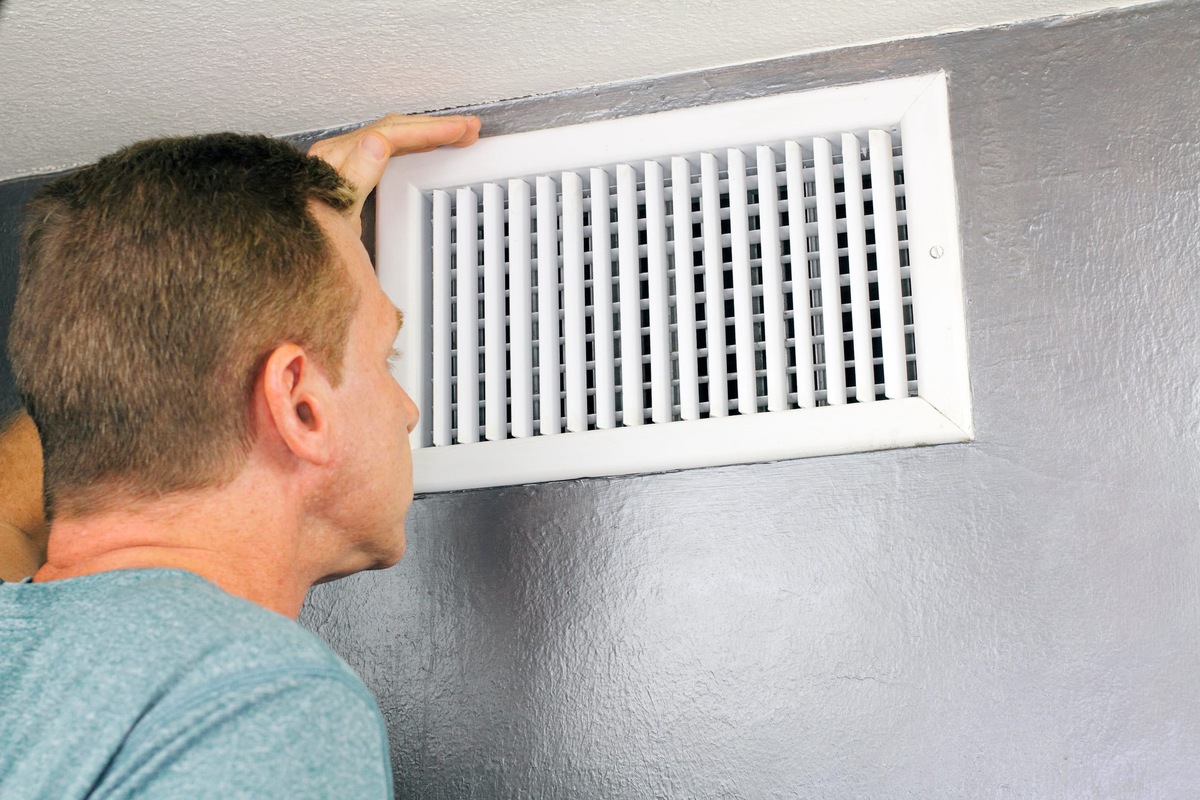
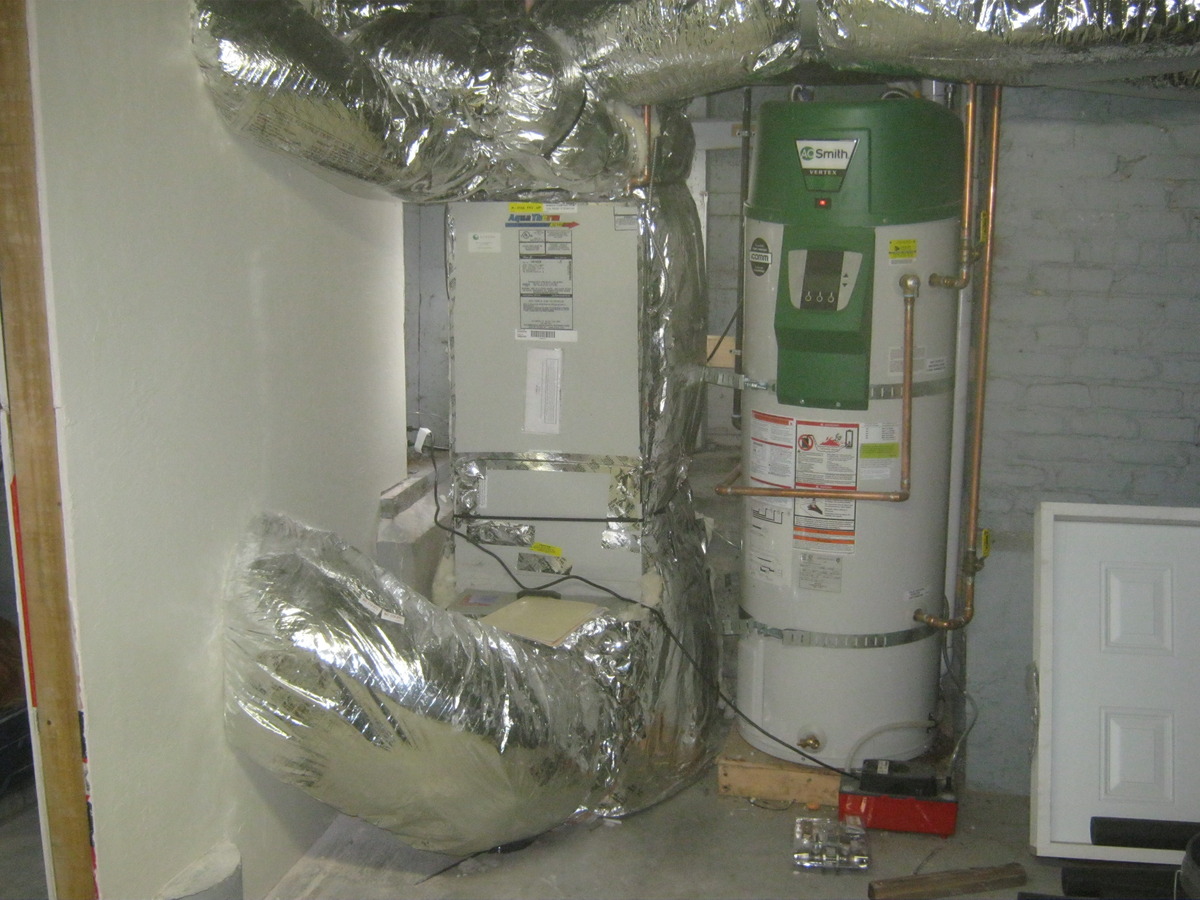
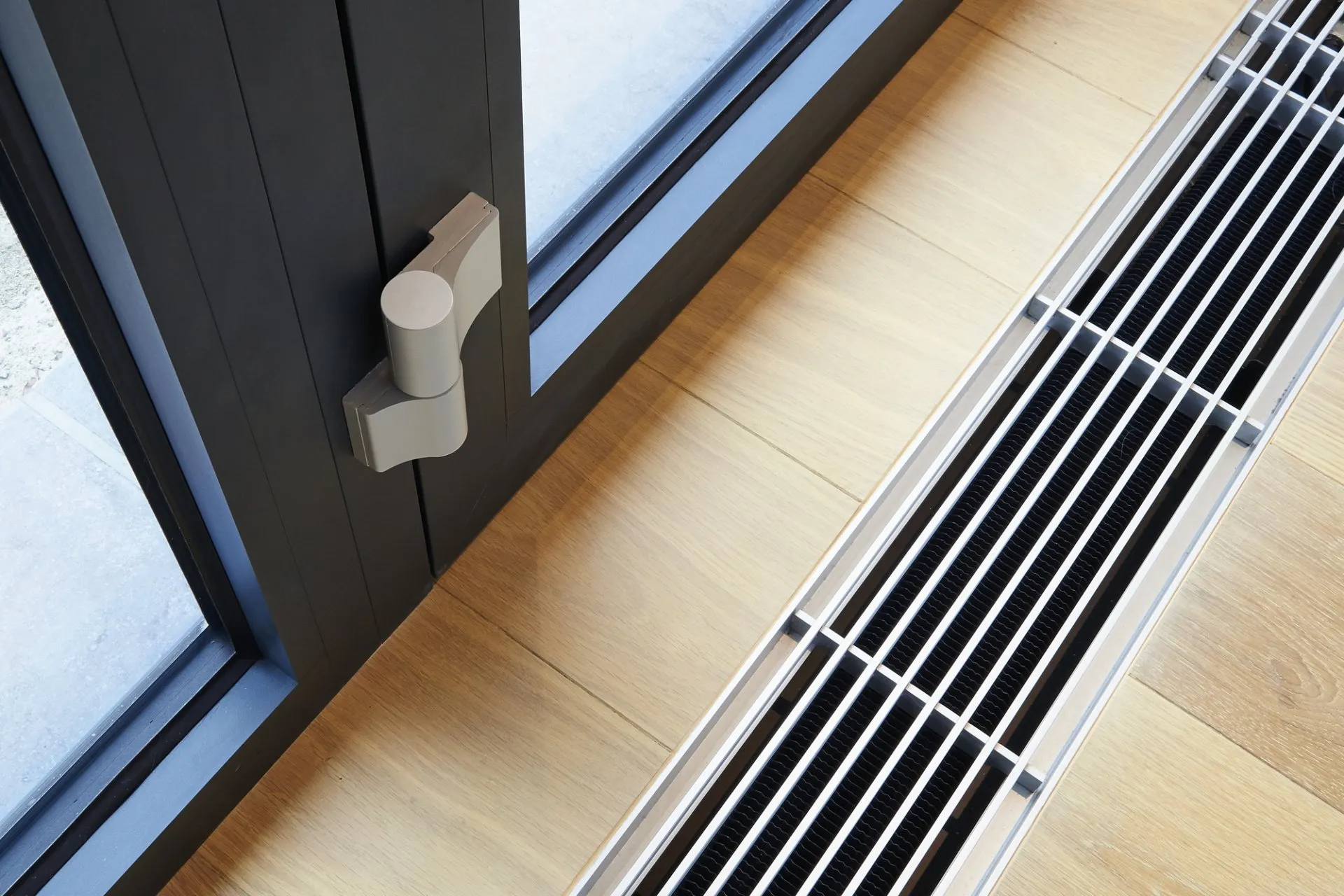
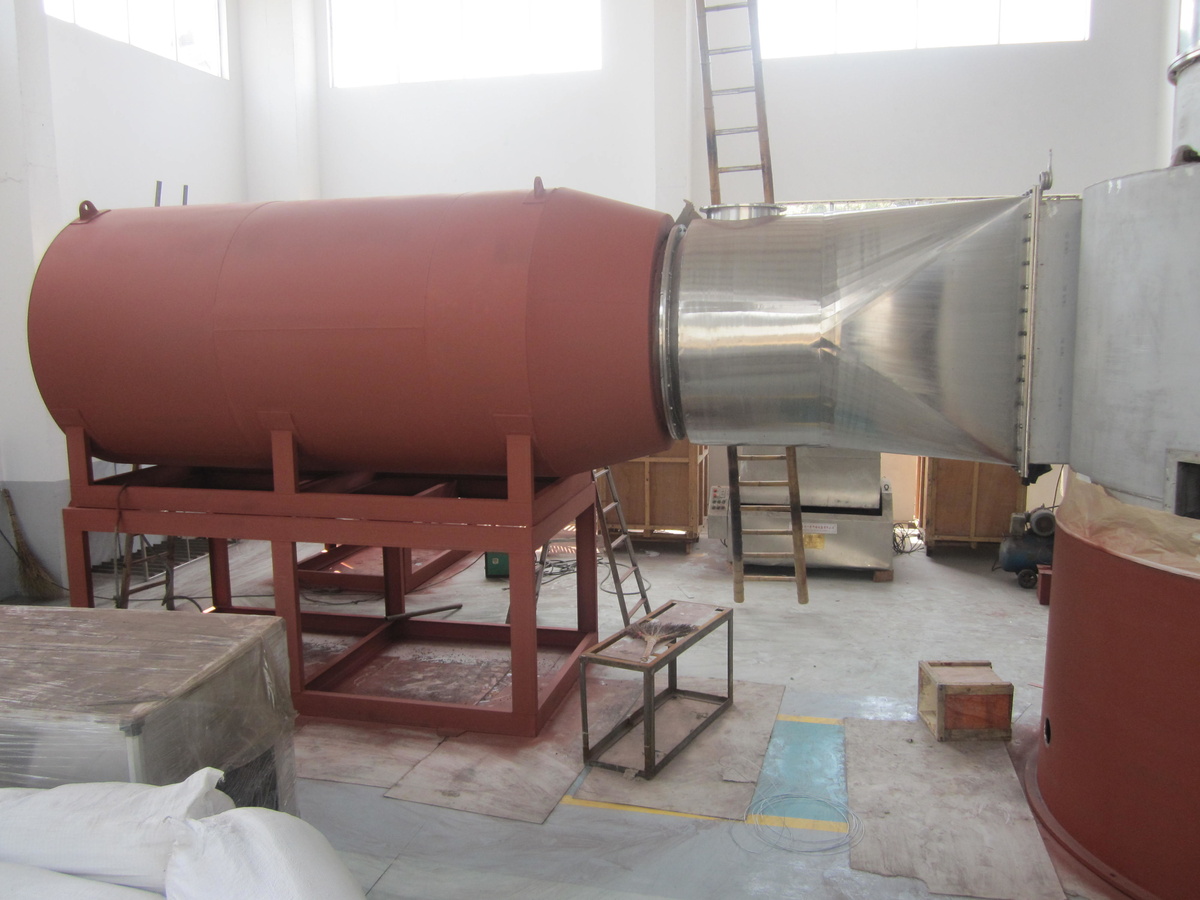
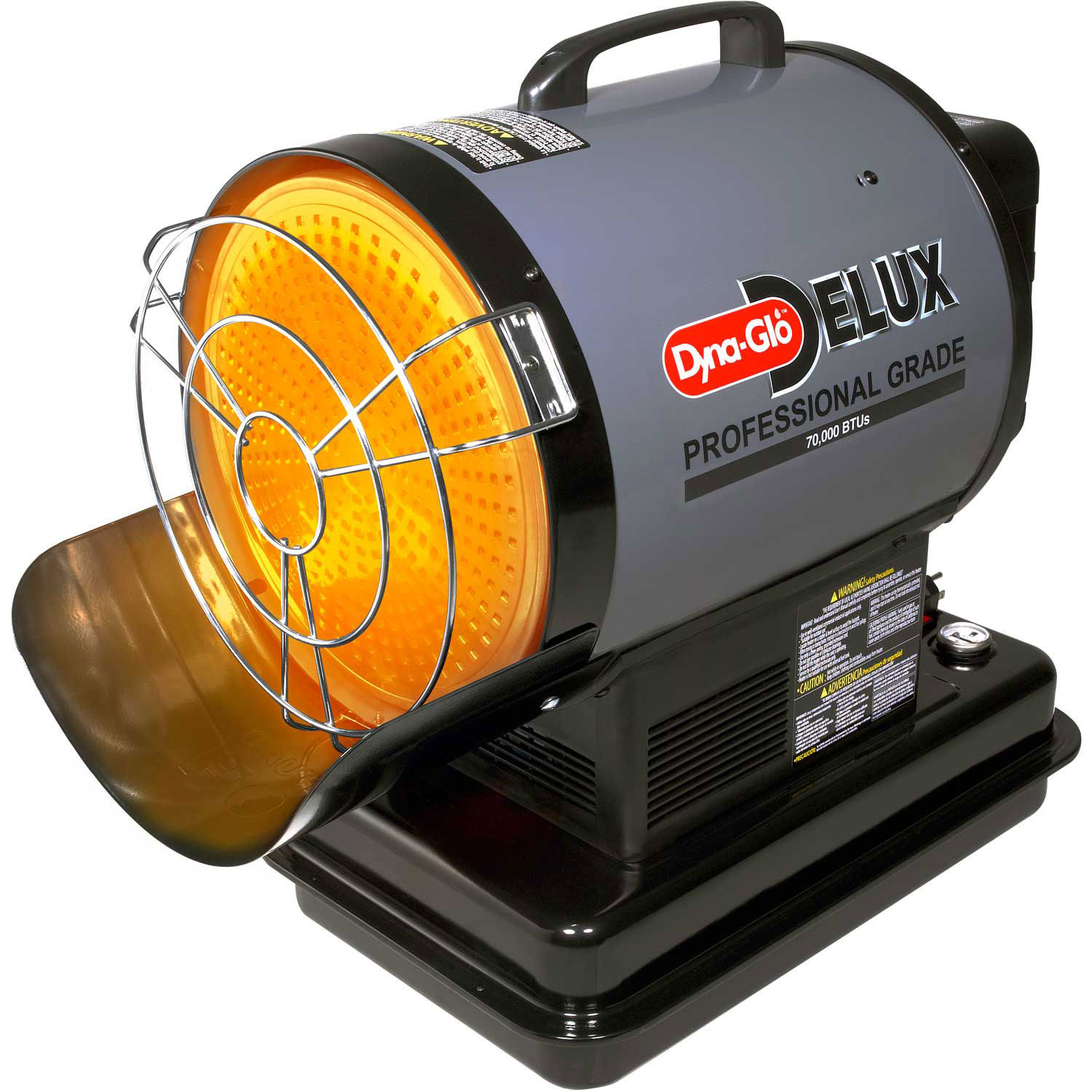
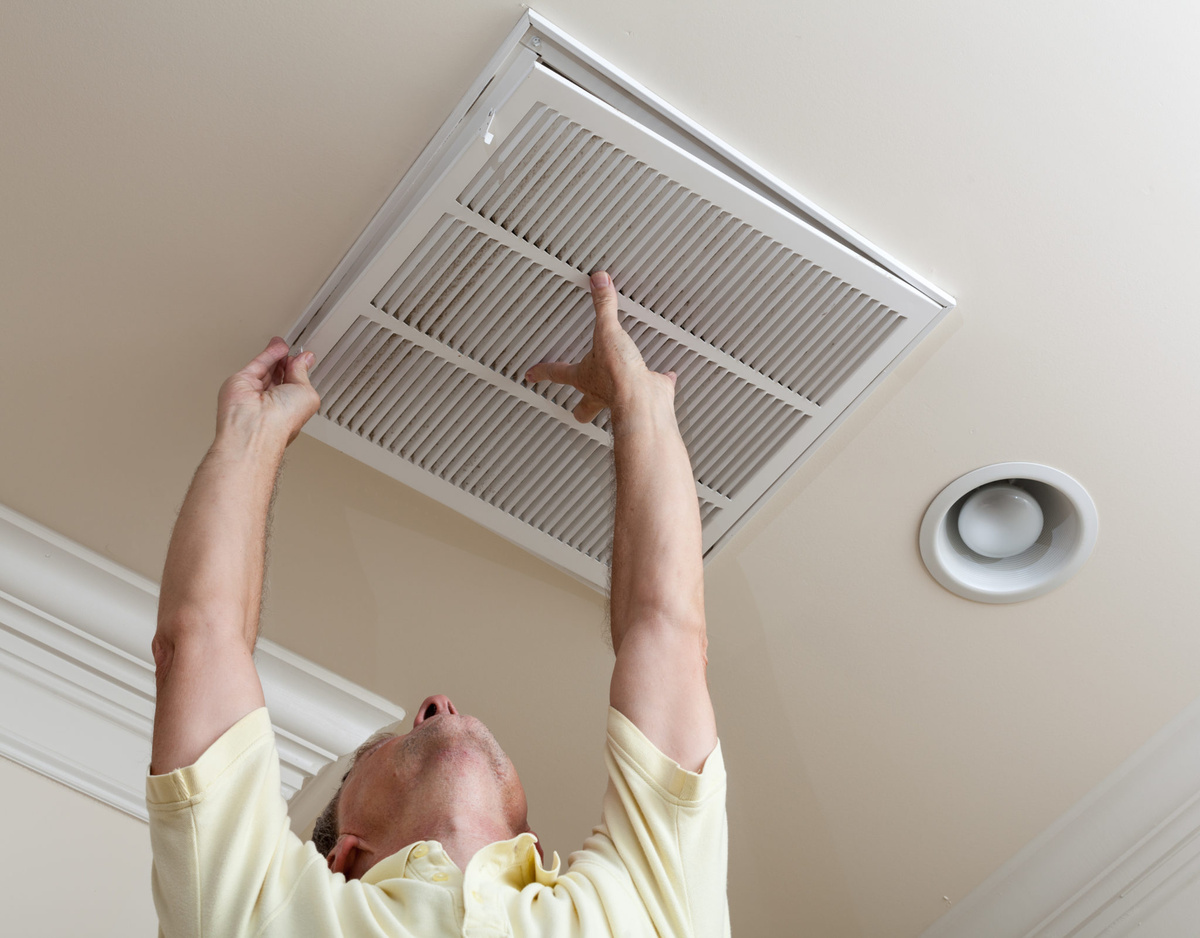
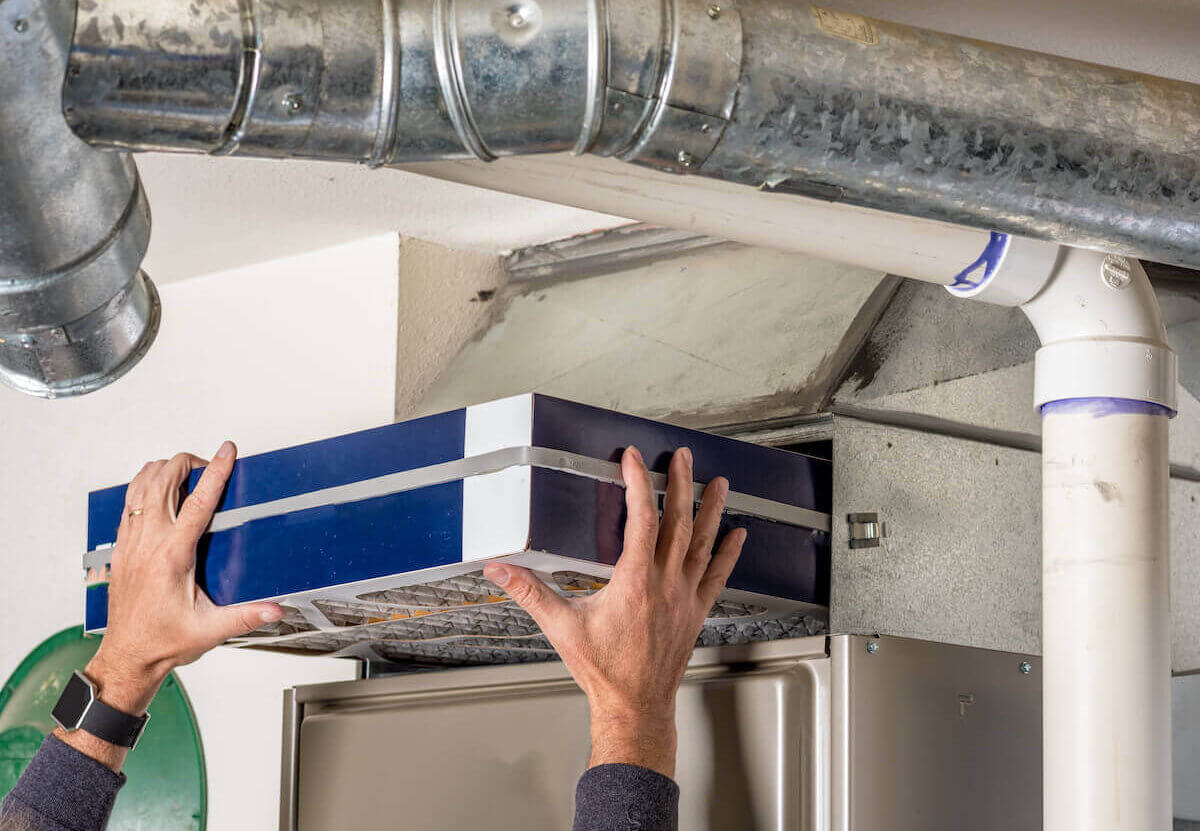

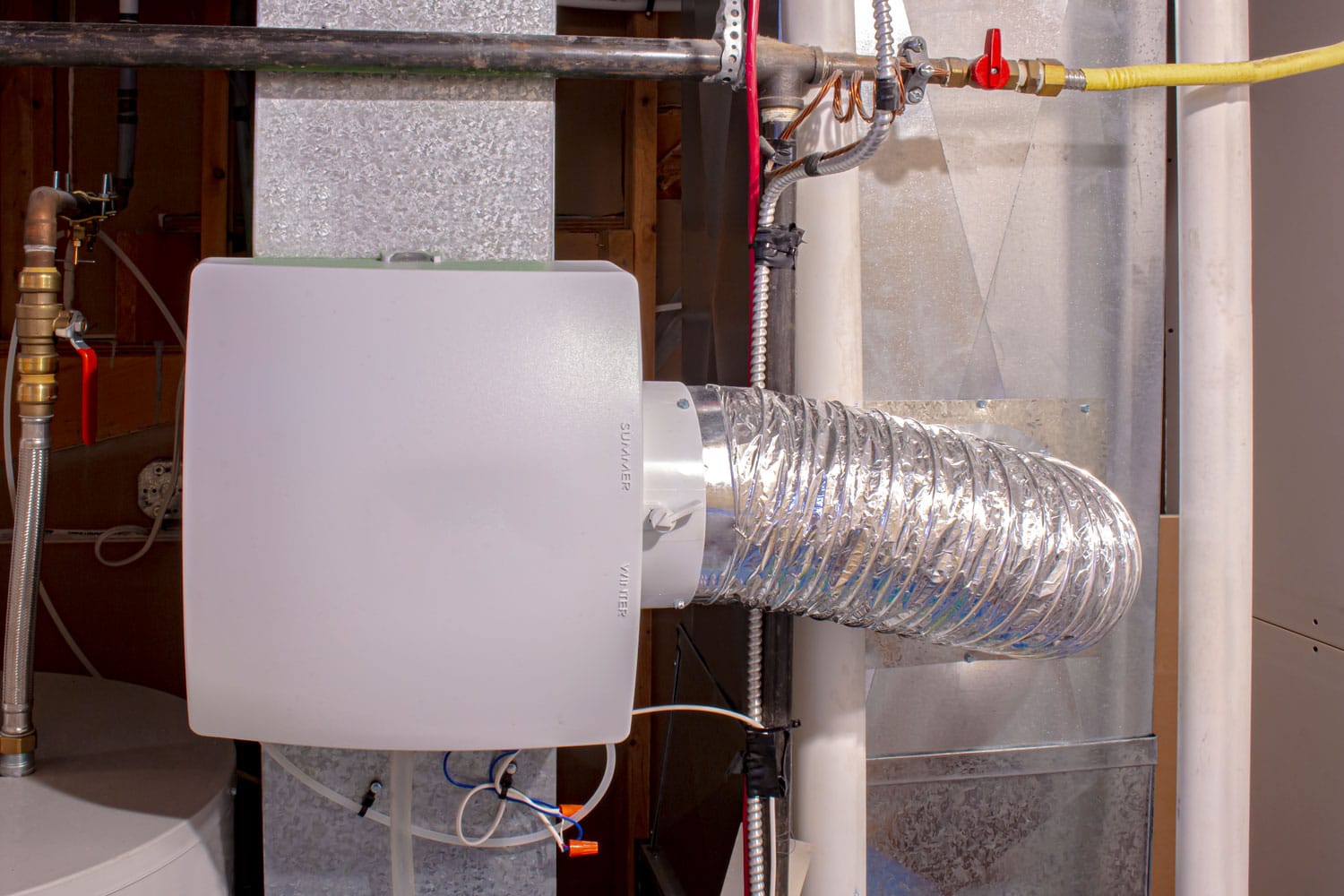
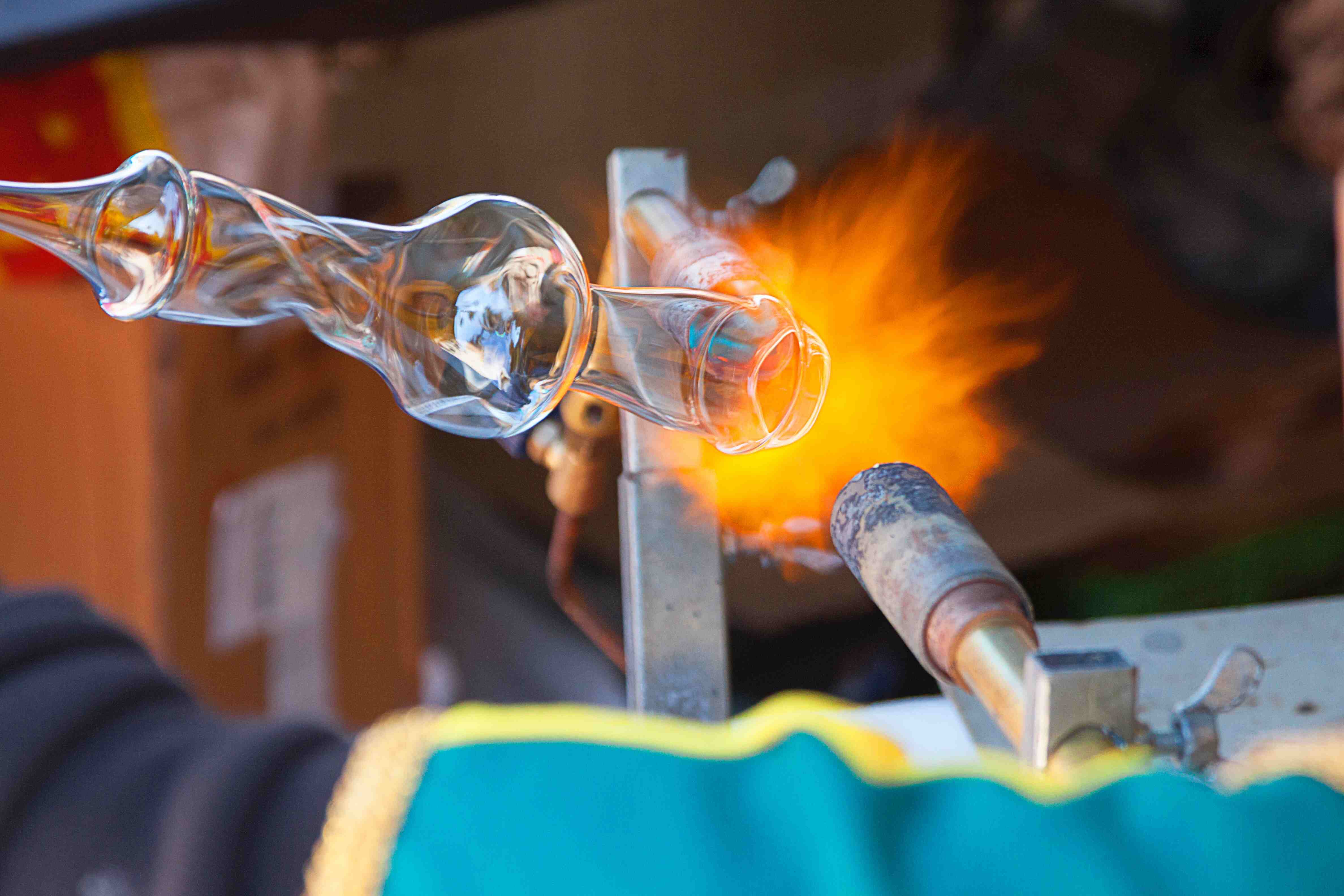

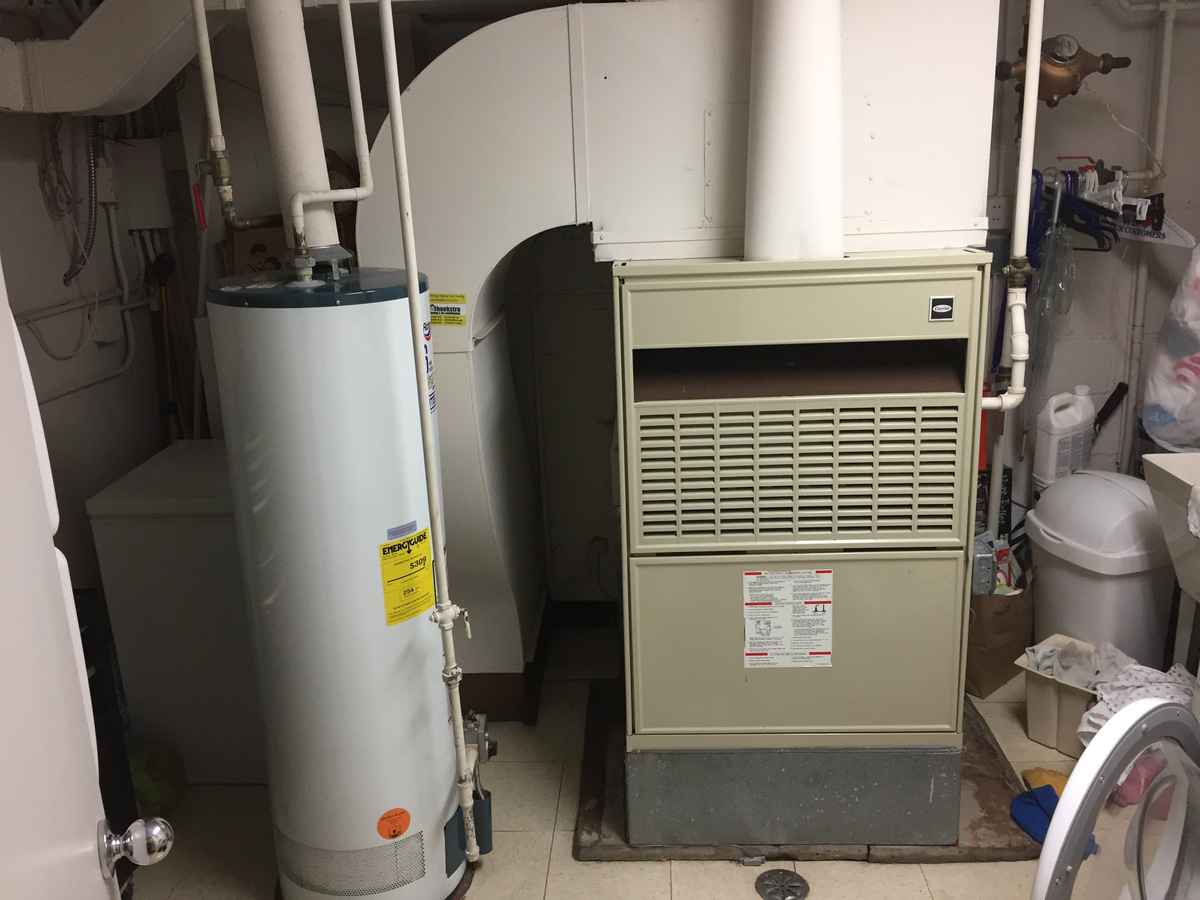
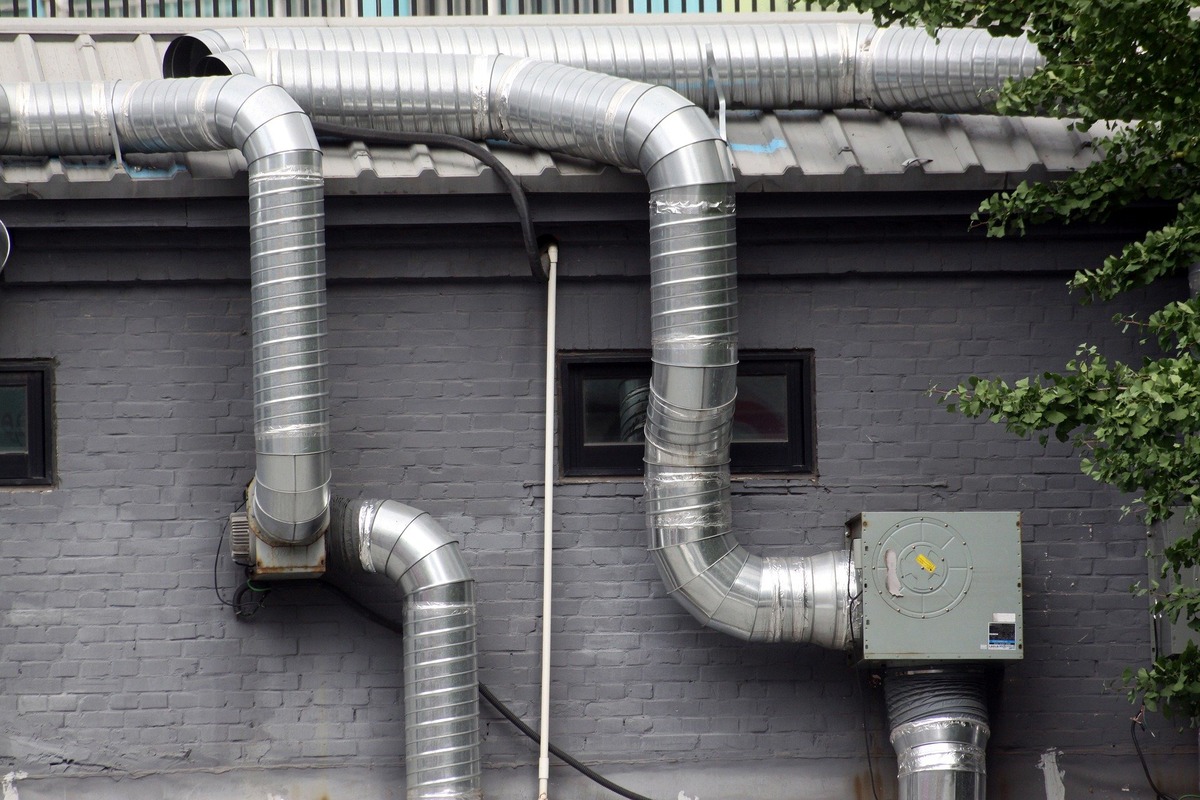
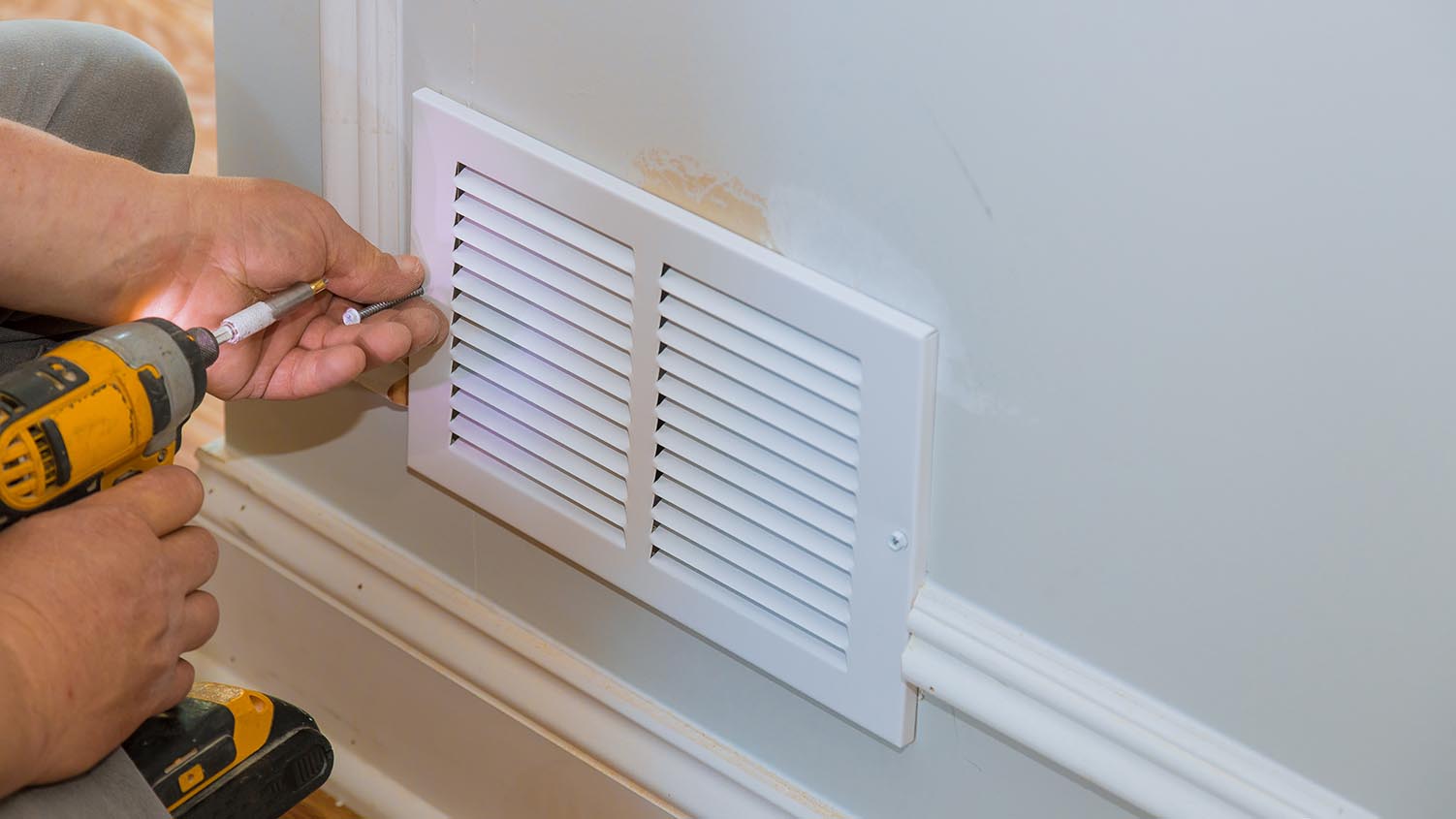

0 thoughts on “When Did Forced Air Heating Start?”